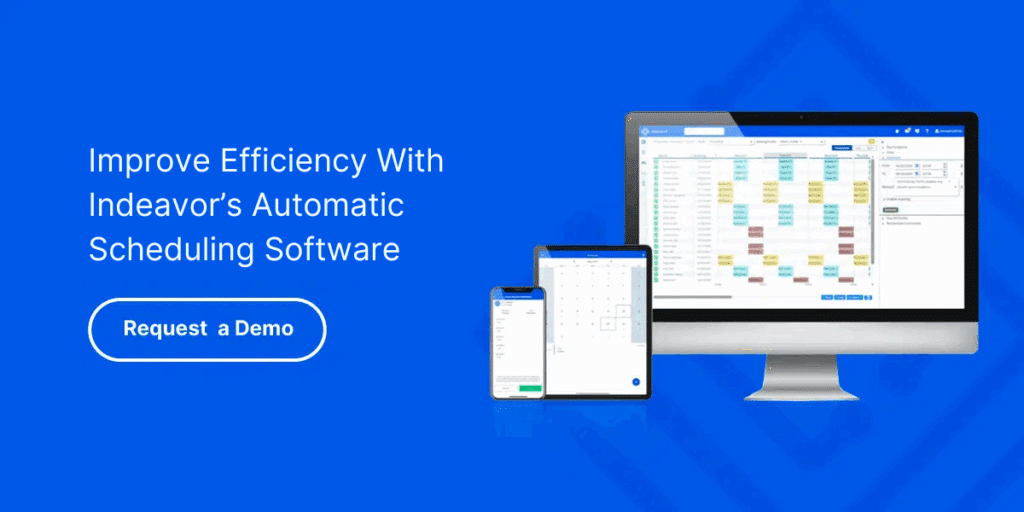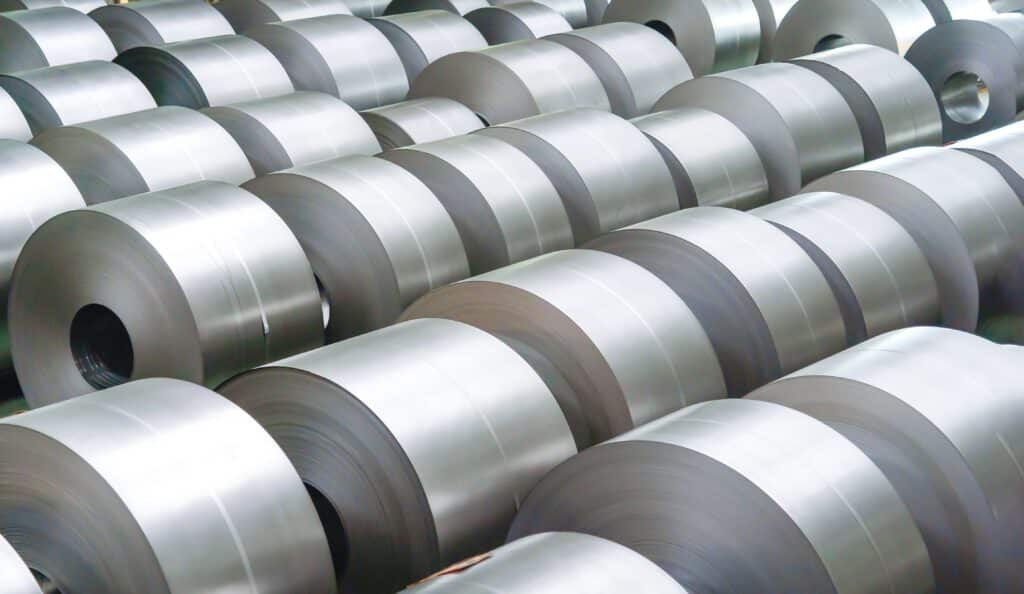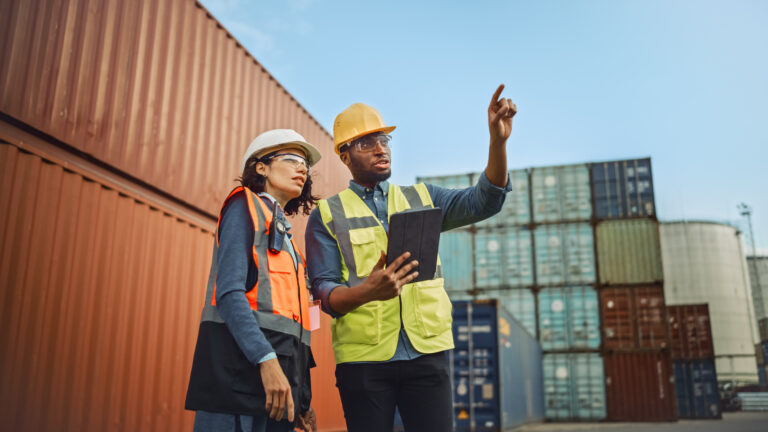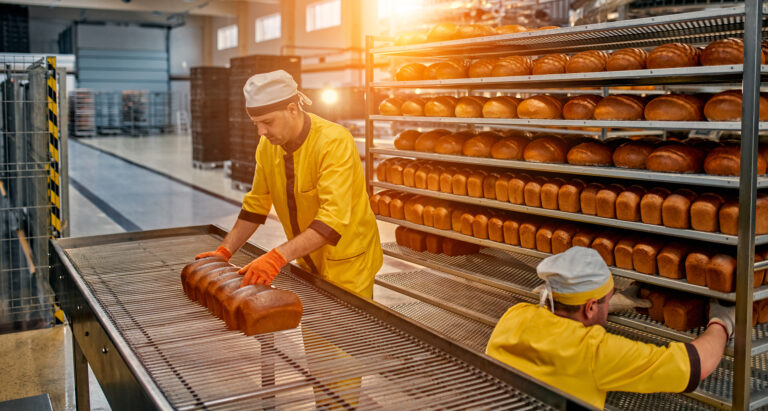What Are the 2025 Steel Tariffs?
On June 4, 2025, the Trump administration expanded Section 232 steel and aluminum tariffs, raising duties from 25% to 50% on most foreign steel imports. These actions aim to reduce reliance on foreign materials deemed a national security risk and encourage investment in U.S. steel manufacturing.
- What happened: The U.S. doubled Section 232 steel tariffs from 25% to 50% on June 4, 2025.
- Why it matters: Intended to boost domestic production and protect national security, but expected to cost U.S. industries $50 billion+ annually.
- What’s next: Temporary exemptions (e.g., UK deal) may evolve as trade partners negotiate.
- Impacts: Higher steel prices, inflation pressure, and downstream strain for U.S. manufacturers and consumers.
This isn’t a new policy; it’s an escalation. Section 232 tariffs were initially enacted in 2018 and broadened over time to include derivatives like appliances and components. The 2025 increase marks a significant shift toward more aggressive industrial protectionism.
The doubling of tariffs is expected to drive over $50 billion in annual cost increases across U.S. industries, according to analysts. These added expenses will ripple through steel-dependent sectors like automotive, construction, energy, and consumer goods, forcing companies to either absorb the costs or pass them on to consumers. For many businesses operating on thin margins, this could mean delaying expansion plans, reducing output, or cutting jobs to stay financially viable.
Why Steel Tariffs Matter Right Now
The tariff escalation is more than just an economic maneuver. It signals a hardening stance in U.S. trade policy. Countries such as China, Germany, and Brazil are now reassessing their trade relationships with the U.S., warning of potential retaliation or the need for new bilateral agreements. These tensions may trigger a broader realignment of global supply chains and trade alliances, potentially isolating U.S. firms from competitive international sourcing options.
While many industries are bracing for higher costs, U.S. steel producers see the increased steel tariffs as a catalyst for growth. Domestic firms are ramping up capacity, reactivating idle mills, and investing in modernized production facilities. This resurgence is not only intended to meet domestic demand but also to secure long-term competitiveness against foreign steel producers.
One notable example is Hyundai and Posco’s $4.3 billion investment in a new steel facility in Louisiana. The project is part of a broader trend of reshoring industrial capabilities and signals growing interest from global firms in U.S.-based steel processing. These expansions may create jobs and boost regional economies, but they also reflect the mounting urgency to localize supply chains in response to protectionist trade policies.
Global Reaction and Trade Exceptions
The global response to the U.S. steel tariff hike has been swift and largely critical. Trade partners, including the EU, Canada, and South Korea, have voiced strong concerns about the economic strain on their exporters and the potential for retaliatory measures. Many argue that these tariffs threaten global trade stability and could escalate existing tensions.
To maintain strategic alliances, the U.S. has granted targeted relief. A notable example is the U.S.-UK trade agreement signed in early June, which temporarily preserves the 25% British tariffs on steel and aluminum imports for 90 days. This exemption provides a negotiation window for a more permanent trade arrangement between the two countries.
Countries without such agreements, including much of the EU and Asia, now face the full 50% rate. This uneven tariff landscape is expected to influence sourcing decisions, trade flows, and broader diplomatic relations in the months ahead.

The Consumer Impact: Inflation & Affordability
According to Yale’s Budget Lab, the 2025 steel tariff wave could increase consumer prices by 2.3%, adding roughly $3,800 per year to the average U.S. household’s expenses. This reflects a broader trend of imported inflation, where input costs are passed through to end buyers.
Everyday products impacted include:
- Cars and trucks
- Kitchen appliances
- Building materials (nails, beams, pipe)
- Packaging and shipping equipment
How Steel Tariffs Affect U.S. Manufacturing
The increased steel tariffs are hitting U.S. manufacturers that rely on steel particularly hard. Sectors such as automotive, construction, and appliances are facing significant spikes in raw material costs. The average price for hot-rolled coil steel in the U.S. is now 77% higher than in Europe.
Rising input costs make it harder for U.S. companies to compete globally. This can lead to slower export growth and tighter profit margins, especially in industries that are sensitive to even small price changes. Many manufacturers are also reevaluating pricing strategies and customer contracts as a result.
These changes take time and resources, but for many companies, they are necessary steps to remain competitive under the new tariff regime.
How Businesses Can Adapt to Steel Tariff Changes
In today’s volatile policy climate, resilience and flexibility are key. Here are four proactive strategies:
- Diversify Steel Supply Sources: Where possible, pivot to countries with lower steel tariffs or trade exemptions. U.K. and Mexico may offer near-term relief.
- Reshore High-Value Manufacturing: With imports costlier, consider domestic fabrication for complex or customized parts.
- Build Tariff Playbooks: Forecast different steel tariff scenarios and develop corresponding supply, pricing, and workforce strategies.
- Invest in Workforce Agility: Production shifts require rapid labor realignment. Indeavor’s workforce management platform enables real-time labor visibility, automated compliance, cross-site labor pooling, and fatigue management.
These strategies not only help mitigate immediate cost pressures but also strengthen long-term operational resilience. By aligning sourcing, production, and labor decisions with evolving trade policies, businesses can stay competitive, no matter how the tariff landscape shifts.
Final Takeaway: Navigating the New Era of Tariffs
The 2025 tariffs mark a new chapter in U.S. trade and manufacturing. Whether your business feels the impact directly or indirectly, this is a moment to rethink supply chain resilience, cost control, and operational agility.
While policy outcomes may remain unpredictable, one thing is clear: the businesses best prepared to weather this shift will be those that pair smart supply strategies with flexible, efficient workforce management. Indeavor helps manufacturers stay agile with workforce management solutions built for real-time adaptation—schedule a demo today to see how.



